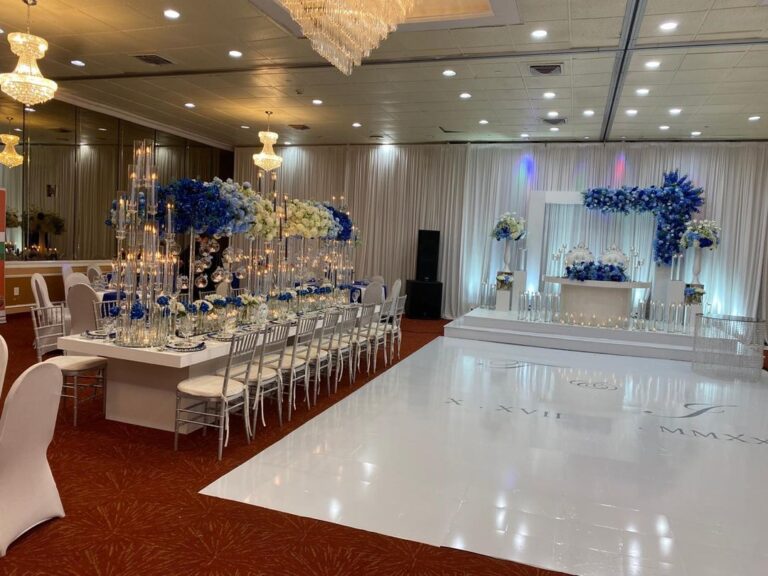Ensuring Protection and Pleasure on the Dance Space: Identifying and Reducing Typical Hazards
Ensuring Protection and Pleasure on the Dance Space: Identifying and Reducing Typical Hazards
Blog Article
Dancing is a well-liked pastime that brings individuals together, whether at a gathering, a dance venue, or a unique event. However, although dancing can be a lot of fun, it is essential to keep security in consideration. The dance area can present various hazards that may lead to injuries or mishaps if not managed appropriately. By identifying and mitigating these frequent hazards, function organizers and dancers can ensure a secure and enjoyable experience for everyone.
One of the most significant hazards on the dance floor is the threat of slipping or falling. This can happen due to liquid accidents, uneven surfaces, or crowded spaces. To avoid these incidents, it is important to maintain a clean and clear dance space. Event coordinators should frequently check the area for any spills or obstacles and remove them up immediately. Furthermore, making sure that the dance area is adequately lit can help dancers identify potential hazards, lessening the chances of slipping. Dancers should also be mindful of their surroundings, avoiding crowded areas where they may be shoved or tripped.
Another common problem on the dance floor is the possibility for injuries caused by overcrowding. When too many people congregate in one area, it can lead to bumps, contusions, and even more grave injuries. To prevent overcrowding, venues should set a maximum capacity for the dance area and monitor it closely. Event coordinators can use barriers or cords to create specific areas for dancing, which can help control crowd flow. Additionally, encouraging dancers to be conscious of their personal area and to respect others can create a more secure environment for all.
Injuries can also occur from unsuitable footwear. Wearing shoes that are not appropriate for dancing can lead to falls, injuries, or foot damages. Dancers should choose footwear that provides proper support and grip. Event organizers can encourage guests to wear appropriate shoes by adding this information in invitations or communications. Providing a location for dancers to store their shoes can also assist weblink keep the dance area safe and clear from potential hazards.
Lastly, it is essential to recognize the importance of health and wellness on the dance area. Staying hydrated is crucial, especially during extended periods of dancing. Lack of hydration can lead to lightheadedness, fatigue, and other health concerns. Event coordinators should provide water stations or encourage guests to carry water containers. Additionally, it is vital for dancers to listen to their bodies and take pauses as needed. By promoting a healthy environment, all can enjoy dancing while reducing the threat of health-related concerns.
In conclusion, guaranteeing safety and enjoyment on the dance area requires consciousness Related Site and proactive measures. By identifying hazards such as falls, overcrowding, unsuitable footwear, and health concerns, event organizers and dancers can collaborate together to create a secure environment. Taking these steps not only avoids mishaps but also enhances the overall experience for all involved. With appropriate precautions, the dance floor can remain a place of fun and camaraderie for all.